1. To Huu recounted that he wrote the long poem “Following Uncle Ho’s Footsteps” during his illness in the former Soviet Union. As if by magic, the poem was finished on January 2, 1970, which was also the time he recovered from his illness. Perhaps because of a great spiritual passion, when completed, the energy was released, and the body regained balance. True to the title of the poem, the flow of the poem follows Uncle Ho’s footsteps, from when he sought a way to save the country to when he “Entered the life of immortality, lightly flew away...”. 119 stanzas long, with excerpts from Uncle Ho’s poems, a total of nearly 500 verses. Each stanza has 4 lines, each line has 7 words in the classical, solemn, and concise Tang Dynasty quatrain form, similar to the structure of the poems in Uncle Ho’s “Prison Diary”. The long poem “Following Uncle Ho’s Footsteps” is basically and mainly to create a suitable sound and tone, both praising, honoring, affirming, and expressing and sympathizing with the leader.
Theatrical scene reenacting Uncle Ho's journey to find a way to save the country in the program "May Gifts for Him", commemorating the 135th birthday of President Ho Chi Minh . Photo: VIET LAM
Many studies in the world about Uncle Ho (private life, style, works) often have the "revealing" statement that, because there is unity, tightness, harmony between the two categories "normal" and "great" in the great man Ho Chi Minh, in the "normal" is the "great" and vice versa, so it is difficult to clarify each aspect one by one but must simultaneously both. That is also a very unique feature of Uncle Ho. That is also shown in most literary works about him.
To clarify, let me make a comparison, also using the epic poem style to describe the leader associated with historical events, influenced by the discourse of the holy story in Russian medieval literature, the epic poem "VILENIN" by Mayakovsky creates an "epic distance" between the leader and the author. "Following Uncle Ho's footsteps" by To Huu shortens that distance according to the principles of "common sense", "customization", "intimacy" to express the greatness and grandeur in the ordinary and simple. The two stanzas in the first part clearly show this: "I wrote a poem to celebrate Uncle Ho's birthday"... and "I wrote a poem for my children"... Thus, the work is a birthday greeting for Uncle Ho, also written for his children about Uncle Ho who is still "as if he were still there". That is, Uncle Ho was just "absent" (during his lifetime, on his birthday, Uncle Ho often went on business trips to avoid congratulating him). Uncle Ho is still living with us forever, still guiding his children and grandchildren to the destination of happiness. Throughout the epic poem are vivid images: "Uncle still goes there... in the middle of the fields/ Visiting each rice field, asking about each flower"; "Uncle still comes back there... Mornings and afternoons/ Asking about the coal kiln, the factory, the silk reel"...
This principle is the artistic key to opening up the world of content that naturally expresses sincere, heartfelt views with many different voices and tones. Long but without feeling exhausted or out of breath. Writing about death but without feeling sad, because it is writing about "rebirth", immortality ("Just think: The fragrant soul is being reborn"). Writing about departure, loss, grief but not "funeral oration", is writing about life. Life multiplies life... Uncle Ho was as great as the universe, and now he still lives with the universe: "Red as Mars, bright as Venus!". In his life, Uncle Ho was a star, and now even though that star "sets", it is just a change in state of light "turning into dawn". The writing is generally emotional, optimistic, full of faith and hope. The long poem "Following Uncle Ho's footsteps" is an excellent poem among thousands of poems written about Uncle Ho.
The main content begins with the author's "return": "I return to Uncle Ho's hometown, Sen village". Returning to the origin, true to the Vietnamese cultural identity: The village is the central unit. Also true to the place where Uncle Ho was born: Sen village. Thus, "returning" creates a new journey, the journey of "following Uncle Ho's footsteps". At the same time, it is also a way of explaining: Uncle Ho is great because he was born from such a homeland. Uncle Ho is great in the ordinary, the simple. "Common hometown" is also great in its very simple, rustic appearance, with "Several rows of sour ponds, alum land...". Those ideas have created in the long poem two hidden and prominent lines, the prominent line "following Uncle Ho's footsteps", the hidden line is "following" morality, truth, justice. "Following Uncle Ho's footsteps" also means following morality, truth, justice. The cultural value of the masterpiece lies there.
2. For those who are interested, the symbol itself is a dialogue and always creates dialogues. To Huu chose the most symbolic events and characters. For example, the October Revolution in Russia in 1917 is a symbol of life change: "We, the workers and peasants, are the masters of our lives". Lenin is a great symbol representing "interculturality" as "Teacher, Father" to become "Forever pure faith...". Symbols always shine, Lenin is like that: "The immense forehead shines brightly".
There is a typical verse for “interculturality” in ideology: “To the East, we go to the East/.../ Cut the shackles, cut all the shackles!”. After collecting new, important, and necessary thoughts, Uncle Ho turned to activities in the East. The three words “to the East” are repeated, expressing a strong, decisive step corresponding to the last sentence, which is an affirmed and determined purpose: “Cut the shackles, cut all the shackles!”. Very reasonably, after this verse, the symbol of Phu Dong appears (verse 35): “Oh youthful strength! In the past, Phu Dong men/ Stretched their shoulders, suddenly grew up to weigh a thousand pounds”. That is the meeting between the ideal of revolutionary patriotism and the tradition of indomitable resistance against invasion. It is also a truth: Accepting the new makes one perceive the old values more clearly!
Naturally, recreating the typical historical events associated with Uncle Ho - the creator, requires a whole system of symbols. The August Revolution in 1945 is a symbol of patriotism, love of peace, freedom: "Today is the morning of September 2nd / The capital of flowers, the golden sunshine of Ba Dinh". Freedom means that the space has no obstacles: "The sky suddenly becomes bluer, the sun is dazzling". Uncle Ho is both a leader and a compatriot, a comrade. All are equal: "We look up to Uncle Ho, Uncle Ho looks at us". Vietnam becomes a symbol of victory over colonialism for the world to admire and respect: "The four directions must also look at us / The Democratic Republic of Vietnam!". As for the symbol " Dien Bien ! The glorious Vietnam", the nature of radiating even further, to "Open the way to liberate Asia-Africa-La!". The American invaders jumped in to invade, the South became a symbol of the spirit of "going first and coming last". The North symbolizes the great duty and responsibility of the rear: "Oh, the North, heavy on your shoulders/ Carrying the whole country, crossing long miles", symbolizing the unstoppable will and determination: "Splitting Truong Son, going to save the country/ With hearts filled with hope for the future!".
3. Symbols that have existed since ancient times, over time, have been covered by cultural alluvium into many layers, depositing many meanings, are called archetypes. “Caves” are archetypes with the meaning of the first home of mankind. Associated with the life (material, spiritual) of ancient people, they are the place where spiritual activities take place, special events of birth, resurrection, initiation ceremonies of saints, heroes in legends... Major religions all have the symbol of “cave” with these meanings. “The cold cave remembers the hand of the person who lit the firewood/ The fire flickers all night long/ Who knows the fire in the mountain cave/ That lights up thousands of hearts, thousands of future lives!”. Here it is a realistic description, but placed in the cultural field of symbols, the poetic meaning becomes unusually great because of its universal value: Uncle Ho is like a saint who revives life.
Understanding that concept, in 1997, the son of the late US President John Kennedy visited Pac Bo and "still did not understand why in such a small, narrow, dark, damp cave, Ho Chi Minh could think of a long-term plan to take back the country". Because in Western religious legends, "resurrection" is often in a high, airy cave, full of fragrance, light...
The work repeatedly mentions “home” in the sense of the place where Uncle Ho was born, lived, and worked: “The three-room empty house, the hammock swaying in the south”; “Where Uncle Ho lives: the floor is cloud-covered and the wall is windy/ In the morning, I hear the forest birds chirping next to the house”; “Like the gate of the old house, Uncle Ho returns”; “The simple attic, a corner of the garden”. “Home” is an archetype of humanity. “Attic/ stilt house” is an archetype of Vietnamese culture. According to historical data, since the Hung Kings period, our people have lived in stilt houses. The Dong Son bronze drum site also has an engraved image of a stilt house. From the time he was born, in the countryside, and abroad, except for the years of fighting against French colonialism, Uncle Ho did not live in a stilt house. But after 1955, he chose to live in a stilt house - a subtle expression of the inheritance of traditional culture. Only by understanding Uncle Ho and understanding culture can the poet have such profound highlights.
On the basis of equality, democracy, and interculturality, there is a meeting, reunion, and gathering: “I visited Uncle Ho, met Lenin/ His broad forehead was full of love, his eyes were looking at him/ He came with me, sat with Uncle Ho/ Like a shadow, a heroic spirit”. Generations together create a dialogue about peace and happiness. That thought runs through to the end of the long poem: “Oh Uncle! / Tet is coming. New Year's Eve/ Still listening to Uncle Ho's poems every time/ Younger generations chirping happily with firecrackers/ Thinking of Uncle Ho's thousands of hands clapping to welcome spring...”. The Vietnamese custom of “living in the grave and returning”. Returning to the “other side” of nirvana, the paradise, but also “returning home” to bless and protect their descendants. Tet and death anniversaries are very important because they are the reunions of all, both the living and those who have “passed away”. This is a manifestation of the trend of “immortifying” relatives in Vietnamese culture. Every New Year's Eve, Uncle Ho wrote a poem wishing him a happy New Year. Uncle "went on his way to follow his ancestors", Uncle returned, mingled with his children and grandchildren, happily "entering spring" with them. Uncle became the ancestor of each family, a member, a support. Close, sacred and immortal. That is the second hidden thread of the work.
A polyphonic, multi-voiced dialogue text, aimed at many audiences, rich in content, diverse in writing style, rich in meaning, and sophisticated in expression, the long poem "Following Uncle Ho" by To Huu deserves to be one of the masterpieces about Ho Chi Minh and will last forever with the heritage of Vietnamese revolutionary literature.
Source: https://baohungyen.vn/gia-tri-tu-tuong-nghe-thuat-cua-truong-ca-theo-chan-bac-3181278.html


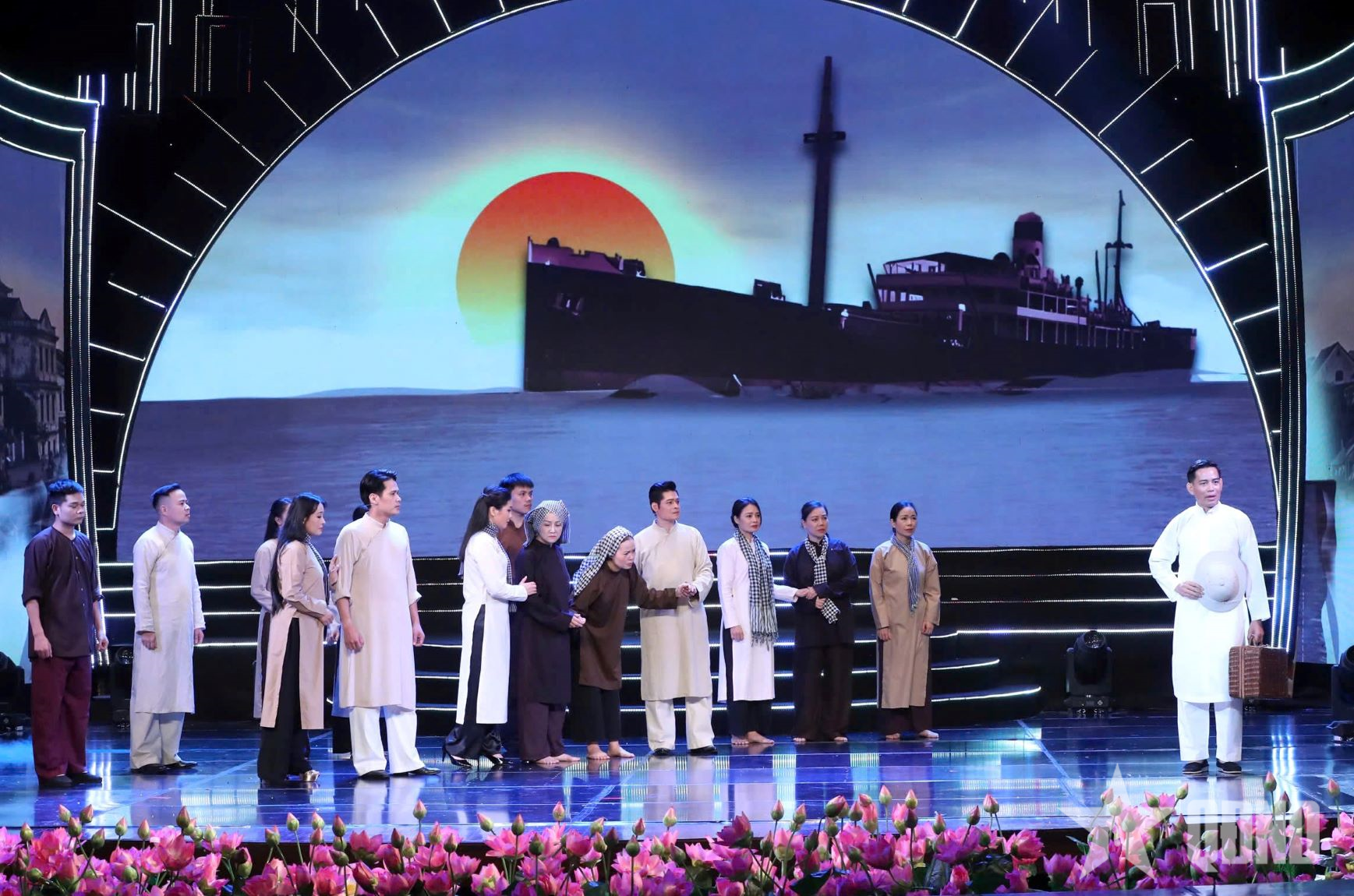
![[Photo] General Secretary To Lam attends the conference to review 10 years of implementing Directive No. 05 of the Politburo and evaluate the results of implementing Regulation No. 09 of the Central Public Security Party Committee.](https://vphoto.vietnam.vn/thumb/1200x675/vietnam/resource/IMAGE/2025/5/19/2f44458c655a4403acd7929dbbfa5039)
![[Photo] President Luong Cuong presents the 40-year Party membership badge to Chief of the Office of the President Le Khanh Hai](https://vphoto.vietnam.vn/thumb/1200x675/vietnam/resource/IMAGE/2025/5/19/a22bc55dd7bf4a2ab7e3958d32282c15)

![[Photo] Close-up of Tang Long Bridge, Thu Duc City after repairing rutting](https://vphoto.vietnam.vn/thumb/1200x675/vietnam/resource/IMAGE/2025/5/19/086736d9d11f43198f5bd8d78df9bd41)

![[Photo] Panorama of the Opening Ceremony of the 43rd Nhan Dan Newspaper National Table Tennis Championship](https://vphoto.vietnam.vn/thumb/1200x675/vietnam/resource/IMAGE/2025/5/19/5e22950340b941309280448198bcf1d9)
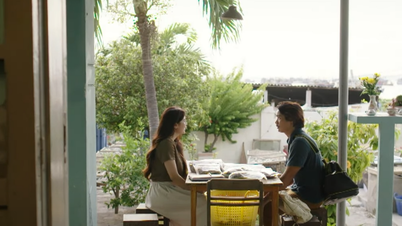

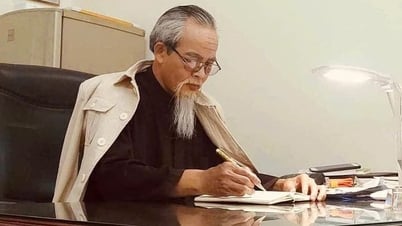




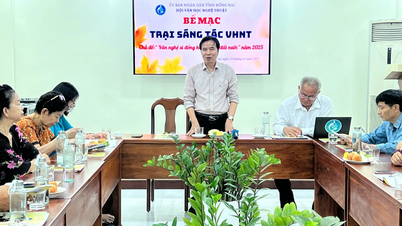







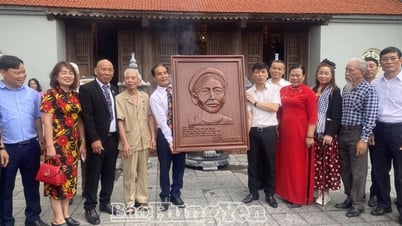
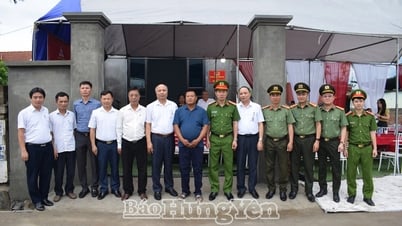
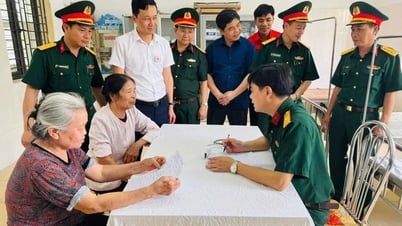
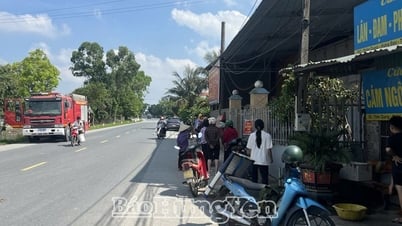


![[Photo] Prime Minister Pham Minh Chinh inspects the progress of the National Exhibition and Fair Center project](https://vphoto.vietnam.vn/thumb/1200x675/vietnam/resource/IMAGE/2025/5/19/35189ac8807140d897ad2b7d2583fbae)
















































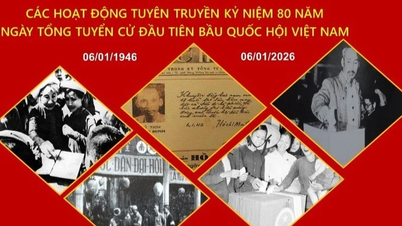

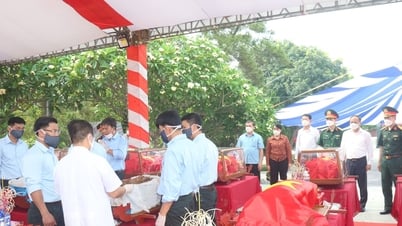

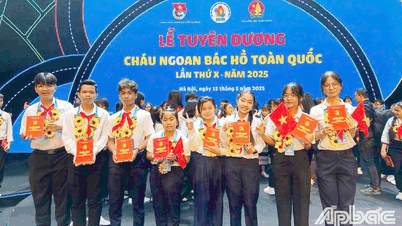

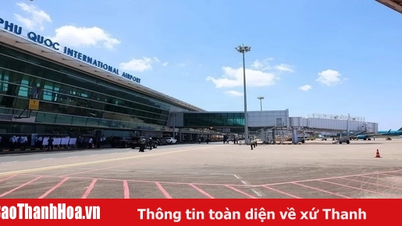

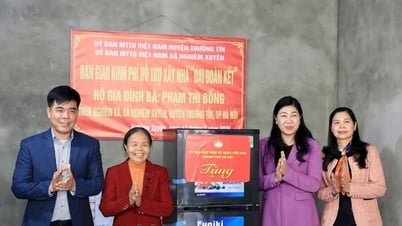



![[VIDEO] - Enhancing the value of Quang Nam OCOP products through trade connections](https://vphoto.vietnam.vn/thumb/402x226/vietnam/resource/IMAGE/2025/5/17/5be5b5fff1f14914986fad159097a677)





Comment (0)